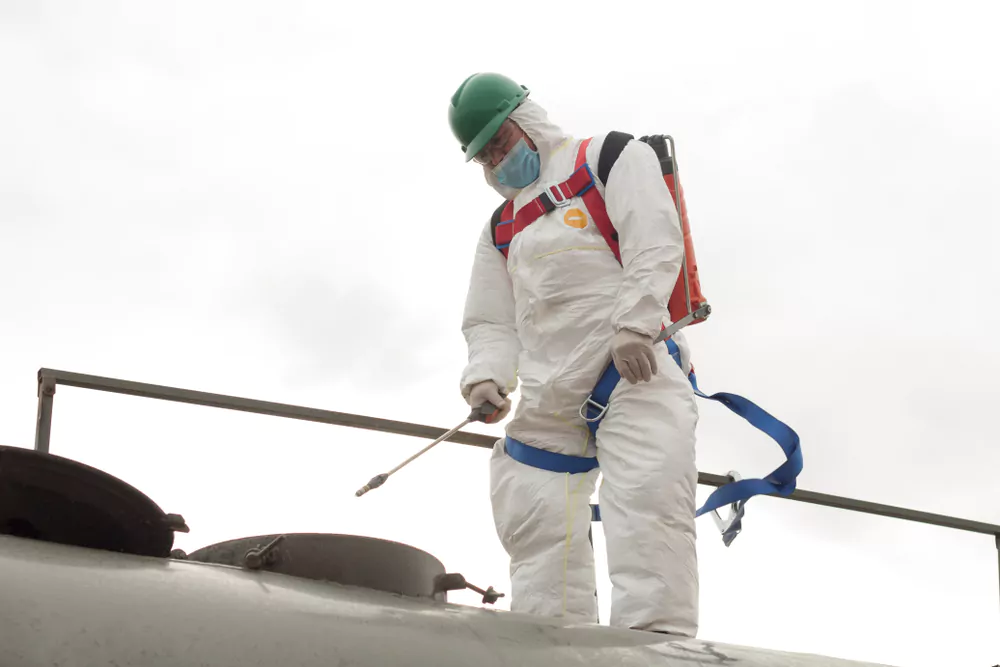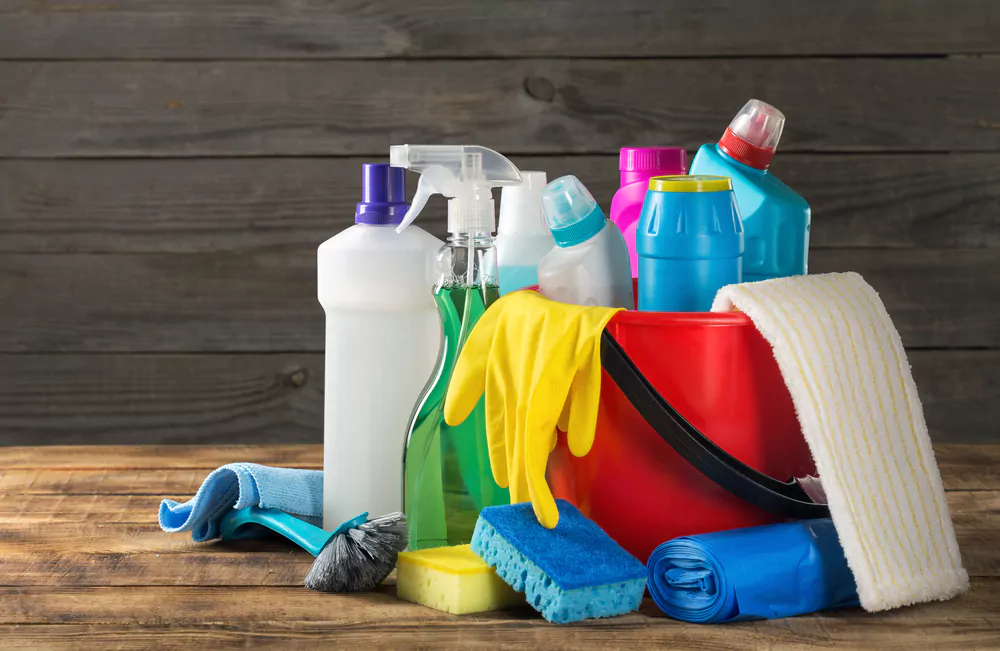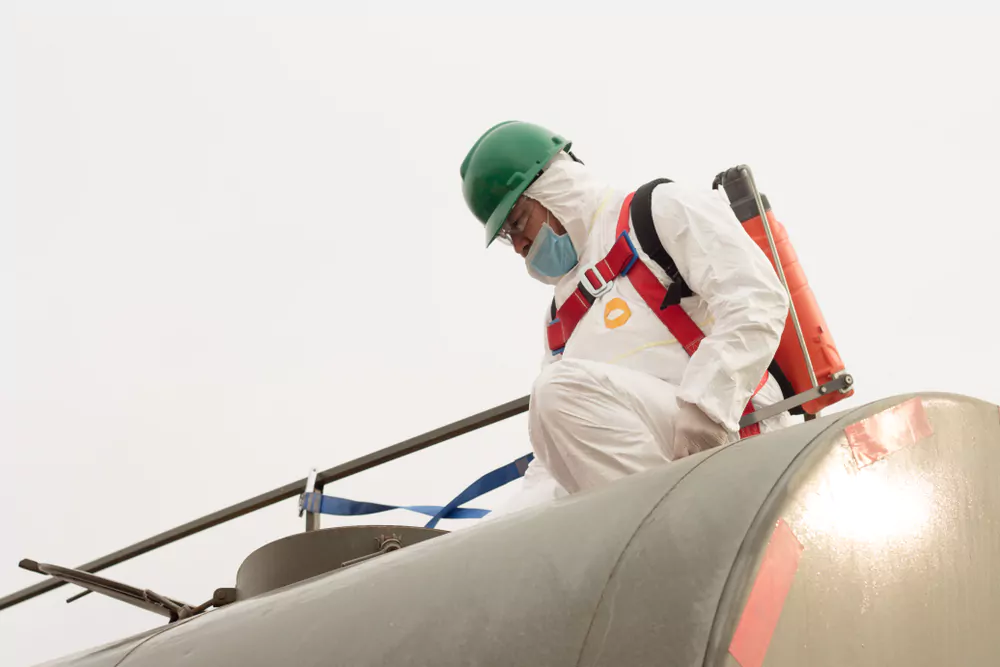How to Clean Water Tank? A Comprehensive Guide

Water tanks are essential for storing water for various household purposes. Keeping these reservoirs clean is critical to ensure the water’s quality and safeguard your health. A well-maintained tank not only provides you with clean water but also safeguards the health of your loved ones. Moreover, it enhances the tank’s longevity, saving you from expensive replacements or repairs in the long run.
In this guide, we’ll provide you with detailed steps on how to clean water tank. With step-by-step procedures, expert tips, and post-cleaning care, we will empower you to take the reins and make sure that your trusty water tank continues to serve you effectively.
1 Why Clean Your Water Tank?
Before diving into the cleaning process, it’s important to understand why cleaning your water tank is crucial. Over time, sediments, algae, and bacteria can accumulate, which can contaminate the water. This may cause waterborne diseases and lead to the deterioration of the tank. Regular cleaning keeps your water safe and extends the lifespan of the tank.
When to Clean Your Tank?
As a general rule, water tanks should be cleaned at least twice a year. However, this can vary based on factors like the water quality in your area, tank material, and weather conditions. It’s advisable to inspect the tank every two months to check for any signs of sediment build-up or contamination.
2 Tools and Materials Needed

For an efficient cleaning process, gather the following tools and materials:
- Gloves
- Face mask
- Scrubbing brush or sponge
- High-pressure hose
- Bucket
- Bleach or disinfectants
- Water pump (if needed)
- Old clothes or overalls
- A ladder (to climb up and down the water tank)
- Torch (if your tank is not well lit)
3 Step-by-Step Procedure of How to Clean Water Tank

i. Plan and Prepare
Choose a day when water demand is low, such as a weekend. Inform family members about the cleaning schedule to ensure water usage is minimized. Make sure the weather is favorable; avoid cleaning on rainy days.
ii. Drain the Tank
Turn off the water supply to the tank. Use the water in the tank for purposes like cleaning or gardening. If the tank is large, consider using a water pump to drain it quickly.
iii. Scrubbing the Interiors
Put on old clothes, gloves, and a mask. If cleaning an overhead tank, ensure the ladder is stable. Enter the tank and start scrubbing the walls and floor. If it’s dark inside, use a torch for better visibility.
iv. High-Pressure Washing
After scrubbing, use a high-pressure hose to wash the interiors. Make sure to focus on corners and seams where sediments are likely to accumulate.
v. Disinfection
Prepare a mixture of water and bleach (1 part bleach to 50 parts water). Apply this solution to the interior of the tank. Leave it for a few hours or as recommended on the bleach container. This step is critical to eliminate bacteria and other microorganisms.
vi. Final Rinse and Drain
After the disinfection process, rinse the tank thoroughly with clean water to remove any remaining bleach. Drain the water completely.
vii. Refill the Tank
Close any outlets and turn the water supply back on to refill the tank.
After cleaning, regularly inspect the tank for any signs of contamination. Make sure that the tank is properly sealed to prevent entry of dust, insects, or pollutants.
4 Tips and Warnings
- Never enter a tank without proper safety gear.
- Do not use harsh chemicals, as they can corrode the tank or contaminate the water.
- For underground or sump tanks, ensure proper ventilation before entering.
- Seek help if you’re not comfortable climbing ladders or working in confined spaces.
In cases where the tank is too large, hasn’t been cleaned in a long time, or is in a hard-to-reach location, it’s wise to hire a professional cleaning service. Ensure that the service provider is certified and has positive customer reviews.
5 Conclusion
Cleaning your water tank is an indispensable chore to guarantee the quality of the stored water. With this detailed guide, you’re now equipped to take up this task with confidence. Remember, keeping a regular check on your water tank’s condition, and cleanliness can go a long way in protecting the health of you and your loved ones.
If you liked this blog, also check out our recent cleaning blog, “How to Clean Chimney? Ultimate Cleaning Tutorial“.
Community Q&A
About This Article
Hardik Jethva is an experienced author of the BestCheck family. Working from scratch, he has developed an amazing interest in testing and writing about different products in a transparent manner. His writing skills got more audience for BestCheck. Apart from his professional life, Hardik has his eyes on travelling, meditation, eating healthy food, socializing with people, and car rides.
This article has been viewed 500 times.



